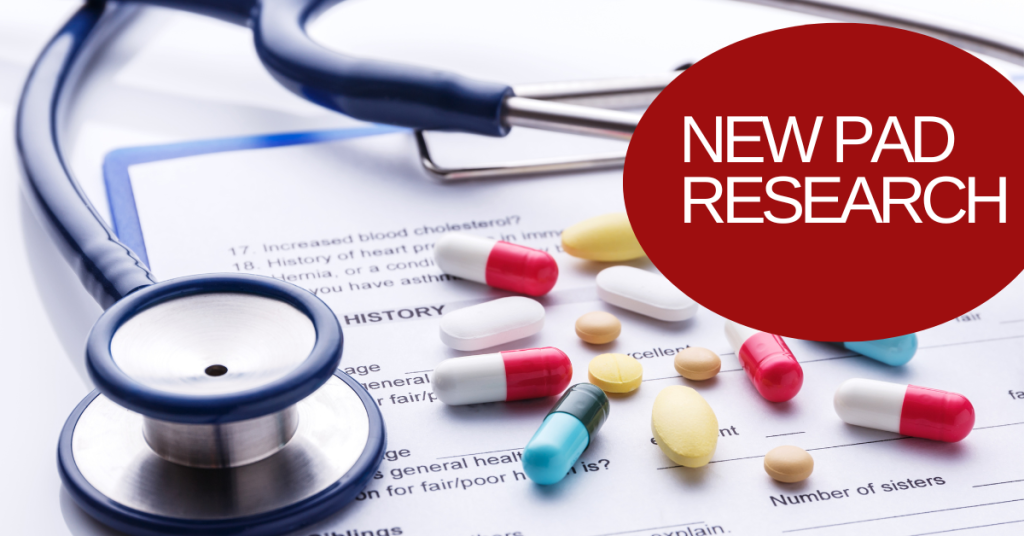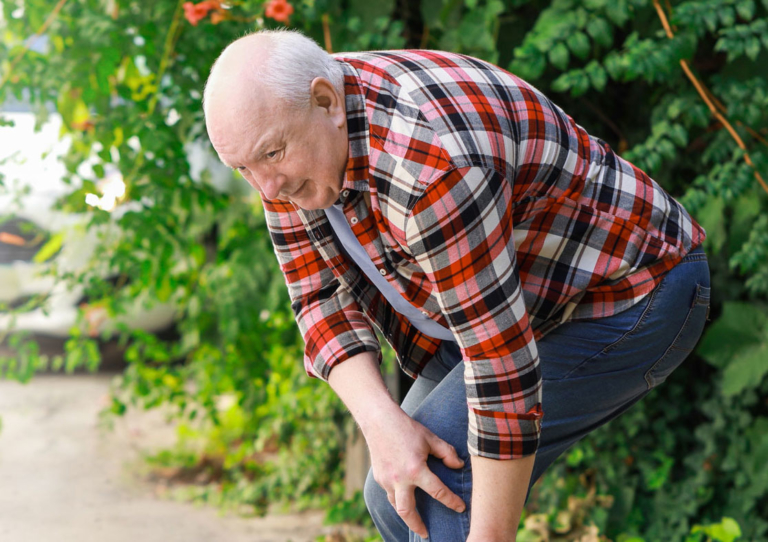Almost a third of the U.S. population suffers from high blood pressure. When you have high blood pressure, the forceful impact of blood against your artery walls causes tears which leads to plaque buildup from scar tissue. This deposit known as atherosclerosis narrows your arteries while restricting blood flow eventually leading to the development of Peripheral Artery Disease.
Do Prescription Medications for Hypertension Offer Relief For PAD?
According to the American Heart Association, people with PAD and high blood pressure, are recommended to take prescription drugs such as:
- Angiotensin II receptor blockers–a hormone that helps regulate blood pressure
- Beta-blockers reduce the heart rate and its output of blood which lowers blood pressure
- Diuretics help the body get rid of excess sodium (salt) and water helping to control blood pressure
Study Examines Hypertension Medication Could Improve Mobility
A medication for treating hypertension called telmisartan claimed that its chemical composition could improve mobility in people with PAD while lowering their blood pressure.
A recent study published in the Journal of the American Medical Association [1] observed otherwise. The study involved 114 participants with PAD who entered a randomized trial. The participants had an average age of 67; 40% were women; and 71% were African Americans. They were assigned to either receive telmisartan or a placebo along with an exercise or walk on the treadmill routine. Their performance was evaluated over a period of six months.
How Did The Research Fare?
The researchers compared the results of a six-minute walk between the telmisartan and placebo group at the six-month follow-up. The participants who took telmisartan had lower blood pressure after six months than at the beginning of the study but there was no significant change in mobility.
Telmisartan did not improve six-minute walk distance, speed, performance, or function compared with a placebo at a six-month follow-up.
Researchers believe that studies in the future may be able to detect whether high blood pressure medication can prove to be harmful to patients with PAD or just may not be of any benefit.
What are the Symptoms of PAD?
Symptoms indicating PAD include leg pain while walking or climbing stairs called claudication; swelling in the legs and feet; sores that develop on the lower limbs that do not heal; slow-growing toenails; loss of hair on legs; change in leg or foot temperature; and numbness in the lower limbs.
Even though heart attacks and strokes are the most common diseases resulting from high blood pressure, PAD has also proved to be a condition that has been repeatedly seen in hypertensive individuals.
Hypertension and PAD, together and on their own, can be devastating conditions if not diagnosed and treated promptly. PAD and high blood pressure in the preliminary stages can be dealt with through lifestyle changes while moderate to severe cases of the two may require proper treatments and medications.
Connect with USA Vascular Centers
At USA Vascular Centers we have the most advanced, minimally invasive, and non-surgical treatments for PAD. All our procedures are performed at our vascular centers by a team of highly skilled and reliable specialists.
If you are suffering from leg cramps while walking, heaviness in the legs, non-healing wounds, high blood pressure levels with a lower temperature in one leg compared to the other call (888) 628 9389 before PAD takes over control of your body and mobility.
[1] McDermott M, et al. Effect of telmisartan on walking performance in patients with lower extremity peripheral artery disease: The TELEX randomized clinical trial. JAMA. 2022;328(13):1315-1325. doi: 10.1001/jama.2022.16797.

